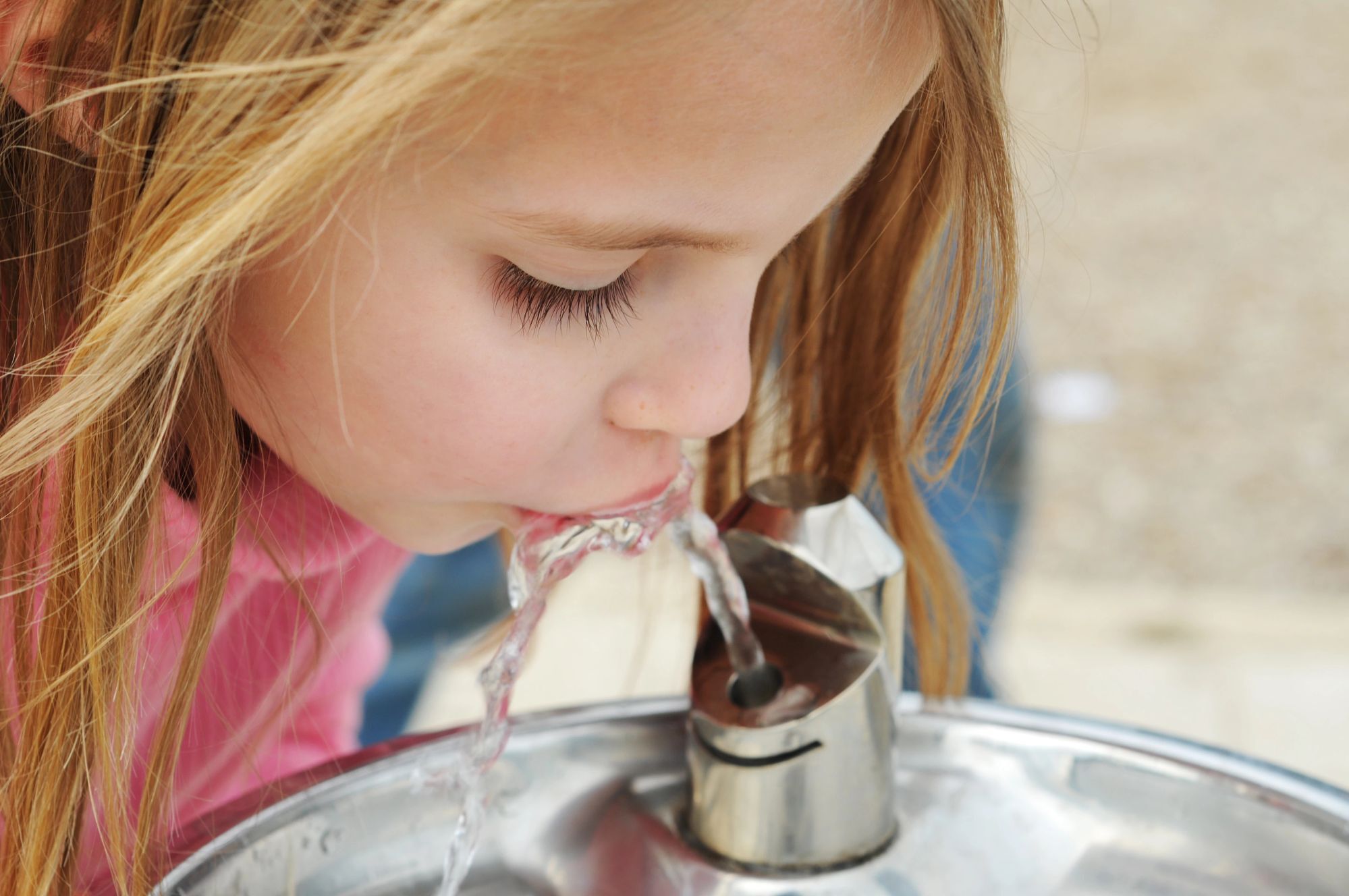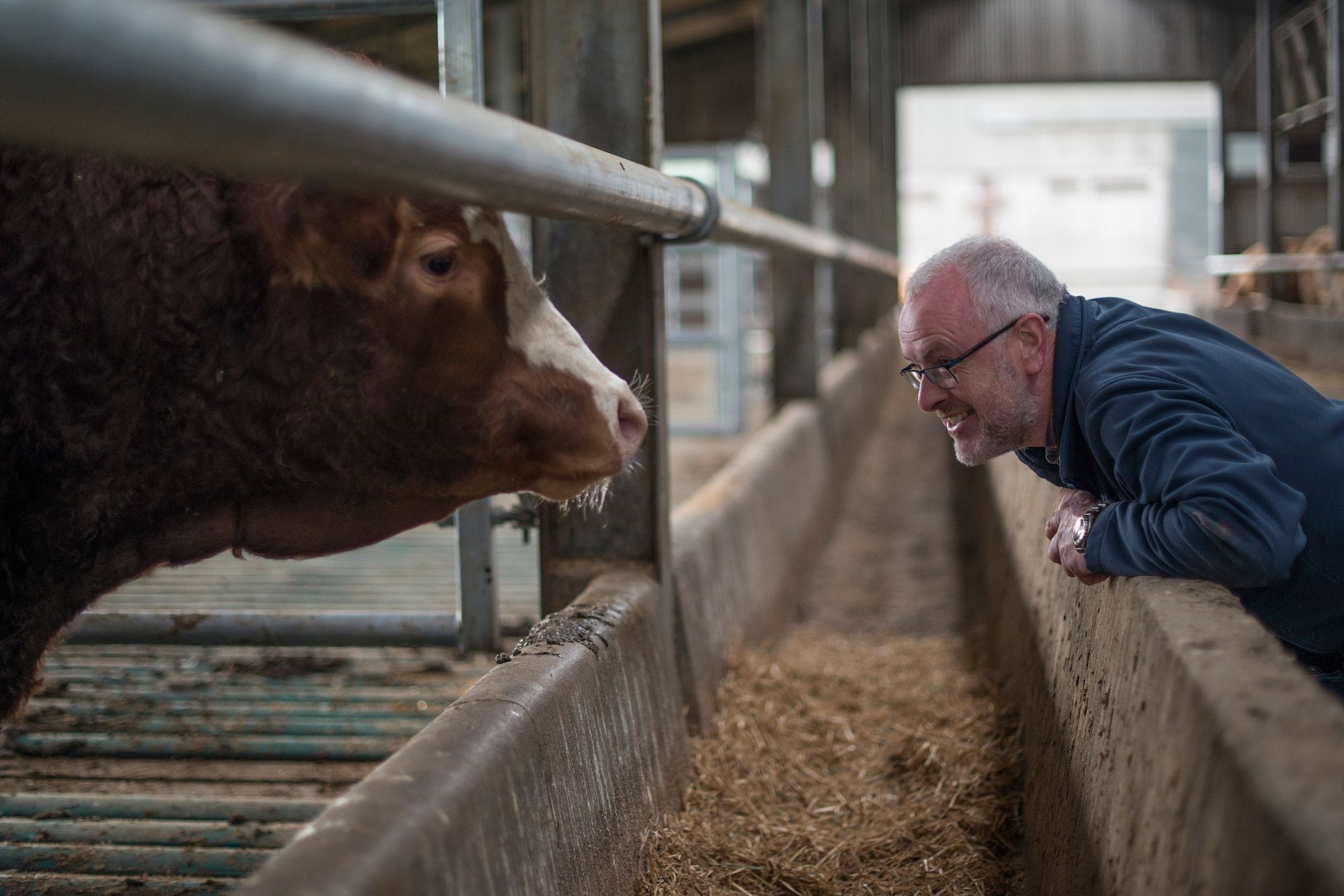Not So Pretty in Pink: What Is That Pink Slime in My Bathroom?
Did you ever find pink slime or residue around your sink or shower or along the rim of your toilet? If so, you’re not alone. In fact, this is a very common, albeit yucky, issue. That’s because it’s a kind of bacteria, a slime growth that can contaminate and build up around sink and shower drains and inside water containers. It’s called Serratia marcescens.
Pink slime can cause many infectious diseases, including urinary, respiratory and biliary tract infections; peritonitis; wound infections; and intravenous catheter-related infections.
We turned to our experts and the Centers for Disease Control and Prevention to help you understand what causes that slimy ring and, more importantly, how to get rid of pink slime. Here are the facts you need to know:
Beware of health risks. Pink slime can cause many infectious diseases, including urinary, respiratory and biliary tract infections; peritonitis; wound infections; and intravenous catheter-related infections.
Busting the myths. There's a common misconception that pink slime is caused by mold, but it’s most frequently caused by an airborne bacterium. Serratia marcescens thrives in damp environments — i.e., your bathroom. Because the bacteria are in the air, a water filter isn’t always the best choice.
So how do you get rid of Serratia marcescens? Here are some steps you can take to prevent super slime buildup:
- Turn on your fan or open the window in the bathroom — especially after a shower.
- Use an after-shower cleaner to remove soap residue in your shower and tub.
- Try a squeegee on glass and the floor drain to limit the amount of moisture and soap scum you leave behind.
- Use a towel to dry around drains, shower and tub spouts, and handles.
And if you’re already faced with the nuisance of pink slime, here’s how you can get rid of it:
- Make a one-part vinegar and one-part water solution.
- Spray the mixture onto the pink slime that has already left its mark.
- Let it soak for 10 minutes.
- Scrub away the bacteria.
- Disinfect with a chlorine bleach solution (five teaspoons of bleach per liter of water).
Go on toilet patrol. Toilet bowls, by their nature, provide a welcoming environment for Serratia marcescens bacteria. This is because it’s a common bacterium found in human feces, and it also thrives in moisture. Put the two together, and a red toilet bowl ring will likely develop. To prevent this, clean the bowl regularly. You may wish to add a quarter cup of bleach to the toilet tank, let it stand for 15-20 minutes and flush the bowl a couple of times to thoroughly rinse the disinfectant.
Sign Up for Tips for Better Living
Stay up to date with what matters most to you and your family.
Related Posts

Foodstuffs: How To Store and Heat Leftovers Safely

Kitchen Cleaning 101: Your Ultimate Guide to Optimum Kitchen Cleaning

Keeping a Clean Home, Especially When You Share It With Your Pet

loMT: Utilize Internal Information Security Expertise to Combat Cyber Risks
Sources:
wwwnc.cdc.gov/eid/article/25/11/et-2511_article
www.awwa.org/Portals/0/AWWA/ETS/Resources/TEC2012CleanWaterCleanTapBrochure.pdf?ver=2013-01-17-153232-490
How NSF Can Help You
Get in touch to find out how we can help you and your business thrive.

What’s New with NSF

Michigan’s “Filter First” Law: A Guide for Schools and Childcare Centers
April 23, 2024
Healthy People Living on a Healthy Planet: The Future We’re Working For
April 4, 2024
American Meat and Egg Distributors Now California-Ready with NSF’s Prop 12 Certification
April 3, 2024